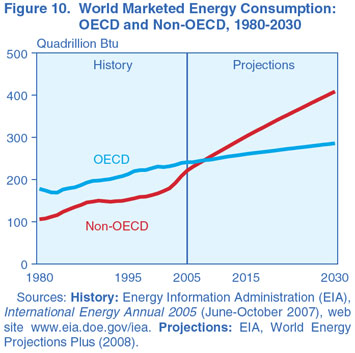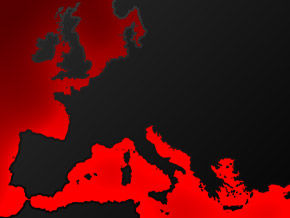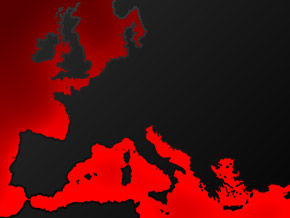It is now widely acknowledged that Europe’s carbon trading program — the ETS — made several key mistakes in its initial trial period. The system covered a narrow slice of the EU economy, yielding a relatively small market wherein price fluctuations could not be effectively smoothed out. The data on baseline emissions was poor and industries self-reported wildly exaggerated numbers, leading to overallocation of pollution credits. Worse yet, the credits were given away for free rather than auctioned, resulting in windfall profits. The combination of overallocation and large profits yielded little incentive to change in the program’s early years.
None of these flaws, however, is intrinsic to cap-and-trade systems. European regulators are in the process of correcting them, and legislators developing a cap-and-trade system for the U.S. are keenly aware of the lessons learned. The entire economy can be covered; permits can be auctioned; price fluctuations can be evened out with banking and borrowing of permits. It can be done right.
The ETS trial period represented the first fumbling steps toward a global effort to reduce emissions; it was bound to be a trial-and-error process. Despite its missteps, Europe has implemented a declining cap on emissions and created a market-based carbon trading system that is guiding long-term investment decisions — with little to no negative impact on the economy. The U.S. should be so lucky. (For more, see this Pew Center report.)




